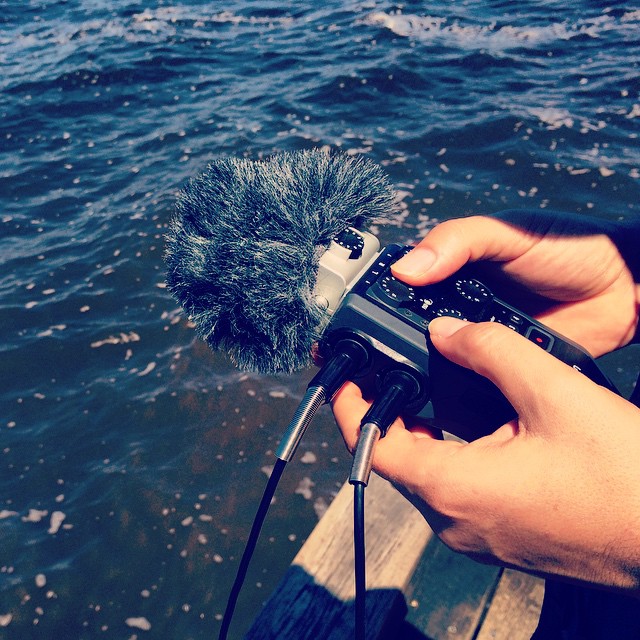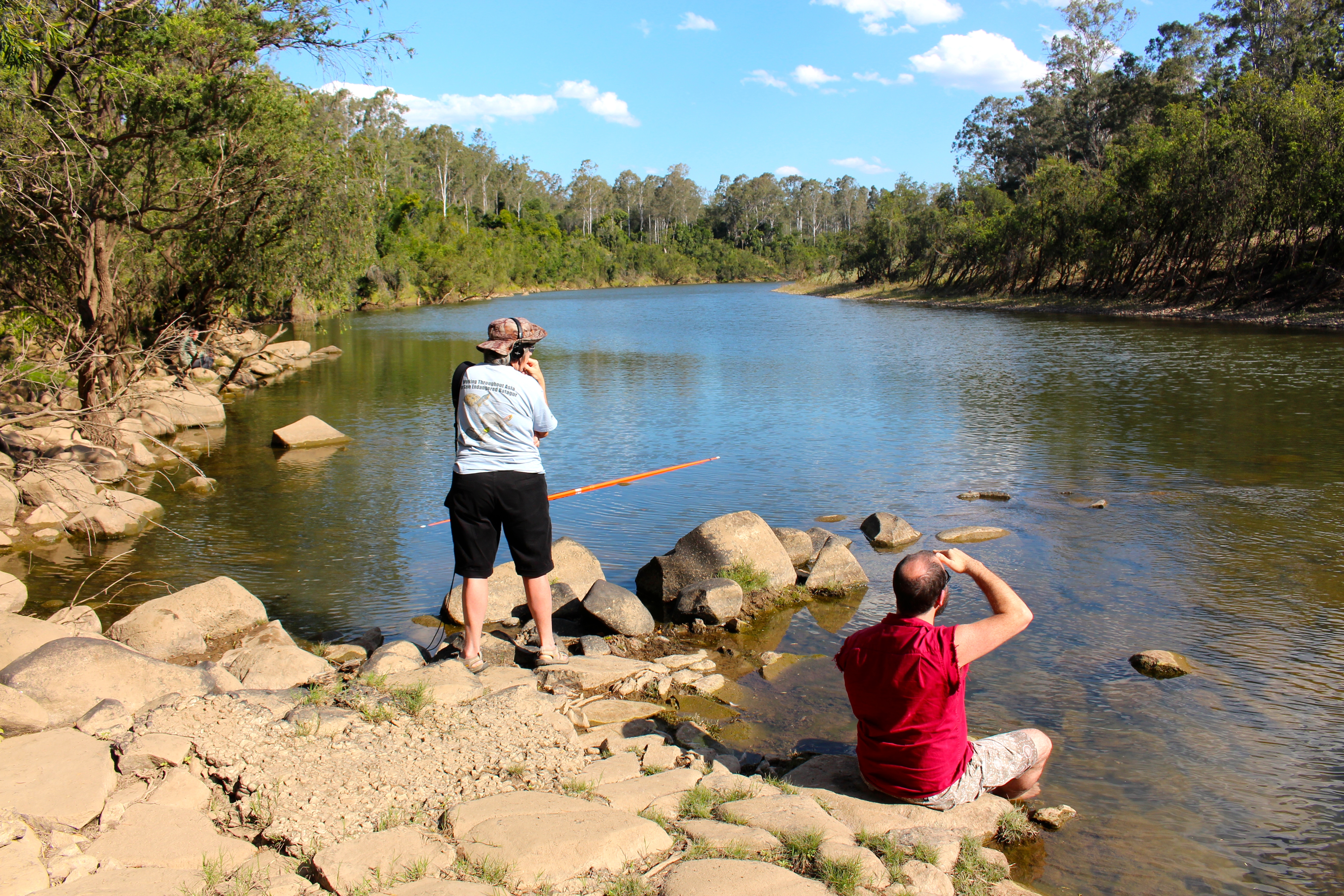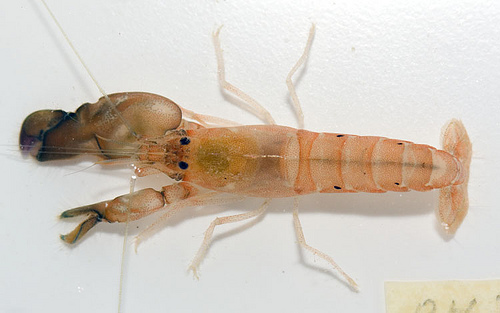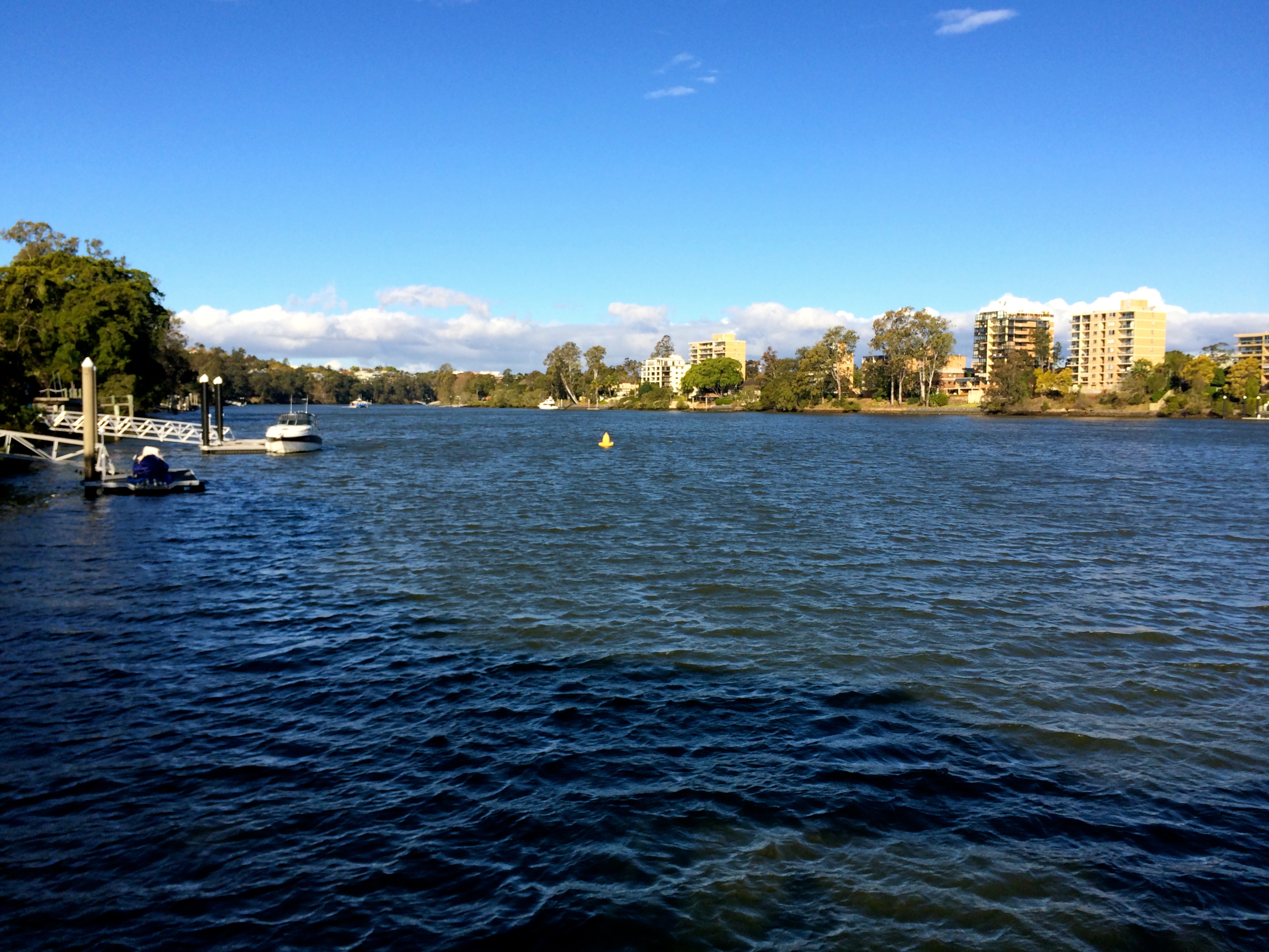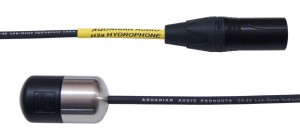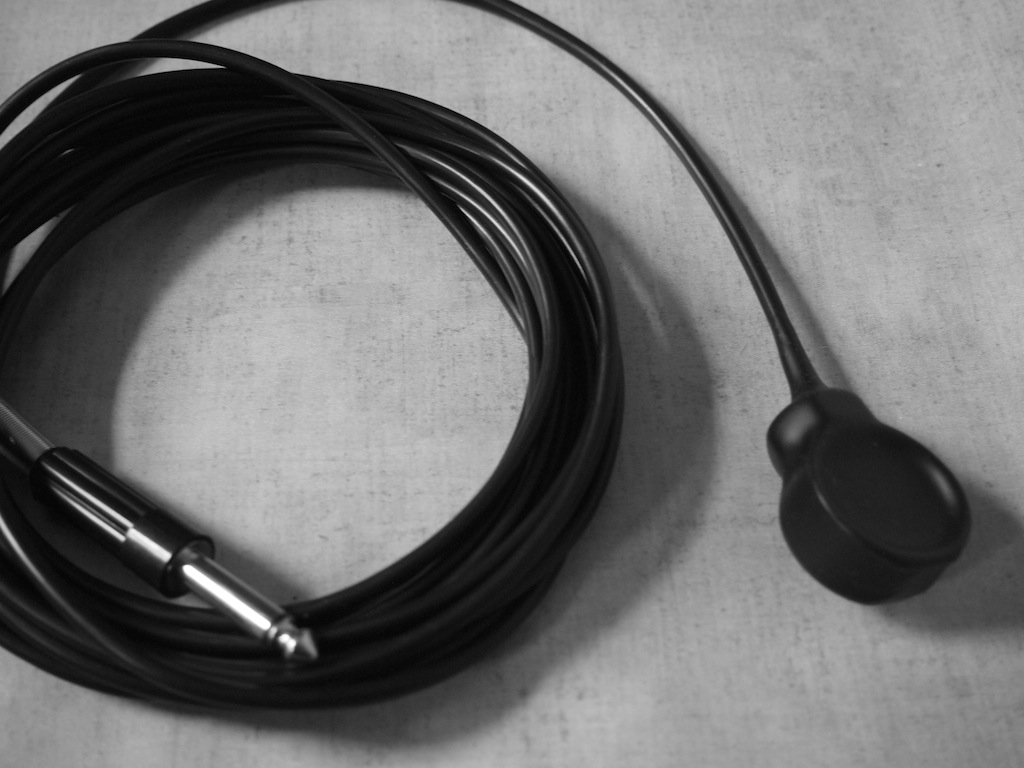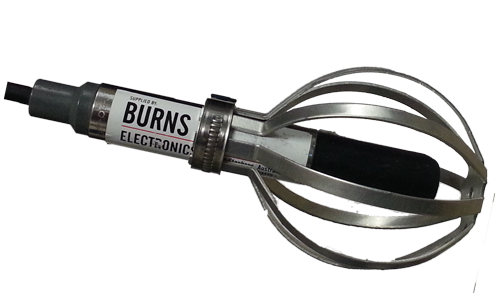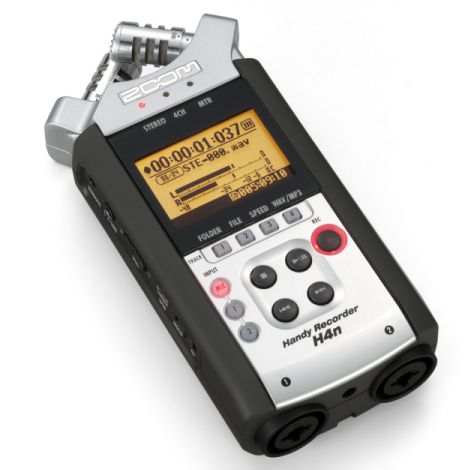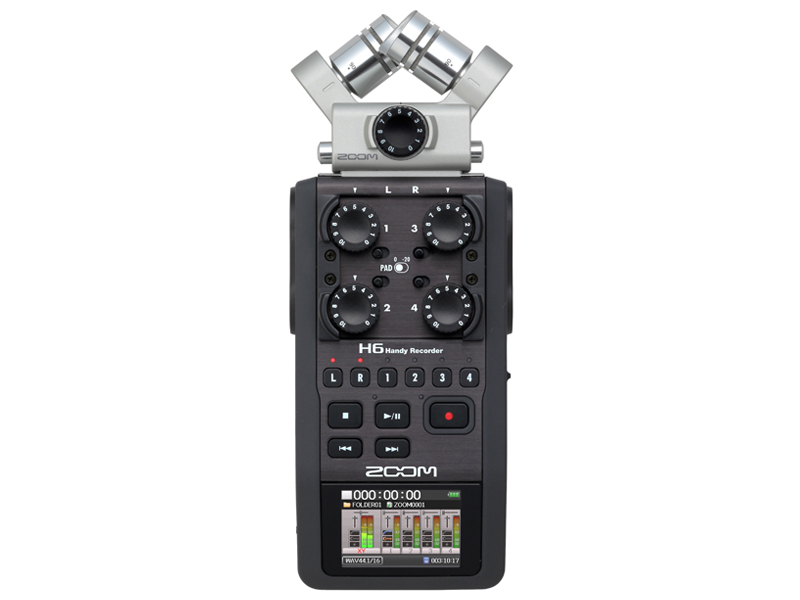
The World Science Festival began in New York in 2008 and is an annual weeklong celebration and exploration of science. The inaugural World Science Festival Brisbane will bring some of the world’s greatest thought leaders to Queensland, showcase local scientists and performers from around the Asia Pacific region, and host the brightest and the best from previous events in New York.
The inaugural World Science Festival Brisbane will take place between 9 and 13 March 2016 and is presented by the Queensland Museum. River Listening is thrilled to be a featured part of the program with our popular River Listening Augmented Reality Sound Installation for the duration of the festival. We are also pleased to present a number of activities on March 12th including a live performance, presentation and series of our signature sound walks (see the program below).
RIVER LISTENING INSTALLATION
River Listening is an augmented reality sound installation reimagining the world beneath the Brisbane River in sound. The installation can be experienced by walking along the river with a mobile device and listening to content that is geo-located along the river. These geo-located soundscapes are layered with hydrophone (underwater) recordings and creative responses to the Brisbane River. This installation is part of our interdisciplinary project exploring the art and science of listening to rivers across the world. River Listening explores rivers as the lifeblood of communities and underscores the value of listening in our current state of ecological uncertainty.
To experience River Listening download the free app Recho and your phone will act as a compass guiding you on a sonic exploration along the Brisbane River. The soundscapes will evolve with new material added every day during WSF. Follow the hashtag #RiverListening on twitter for live updates on site and tweet @LeahBarclay if you have any questions. River Listening launches on March 9th and continues until March 13th.
RIVER LISTENING PROGRAM
Date: Saturday 12th March
Cultural Forecourt, Melbourne Street, South Brisbane, Queensland, Australia

STREET SCIENCE, RIVER LISTENING LAB
10am – 4pm, Booth 21 (near the Festival Lab)
Come and meet the River Listening team (Dr. Simon Linke, Dr. Leah Barclay and Dr. Toby Gifford), learn about the art and science of listening to rivers, experiment with a hydrophone (underwater microphone), learn more about our sound installation and experience hands-on demonstrations of our aquatic bioacoustics technology.
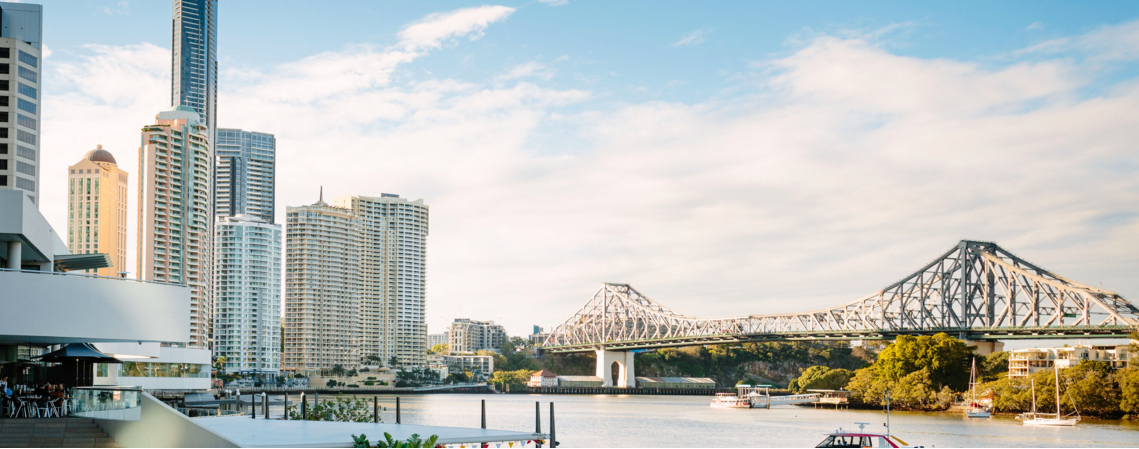
RIVER LISTENING – Afternoon tour
15:30 – 16:30, Festival Lab
Meeting point details: The River Listening Walking Tour departs the River Listening tent (located next to the Festival Lab venue) at 3:30pm on Saturday, March 12.
River Listening is an interdisciplinary project exploring the art and science of listening to rivers across the world. Join the River Listening team on a 60-minute guided sound walk along the Brisbane River to learn about the project and explore aquatic soundscapes geo-located throughout the Southbank Parklands. To experience the River Listening installation you will need a mobile device and headphones to use the free app Recho. Participants will also have the opportunity to listen to a live hydrophone in the Brisbane river. Please download the free app Recho before the walk.
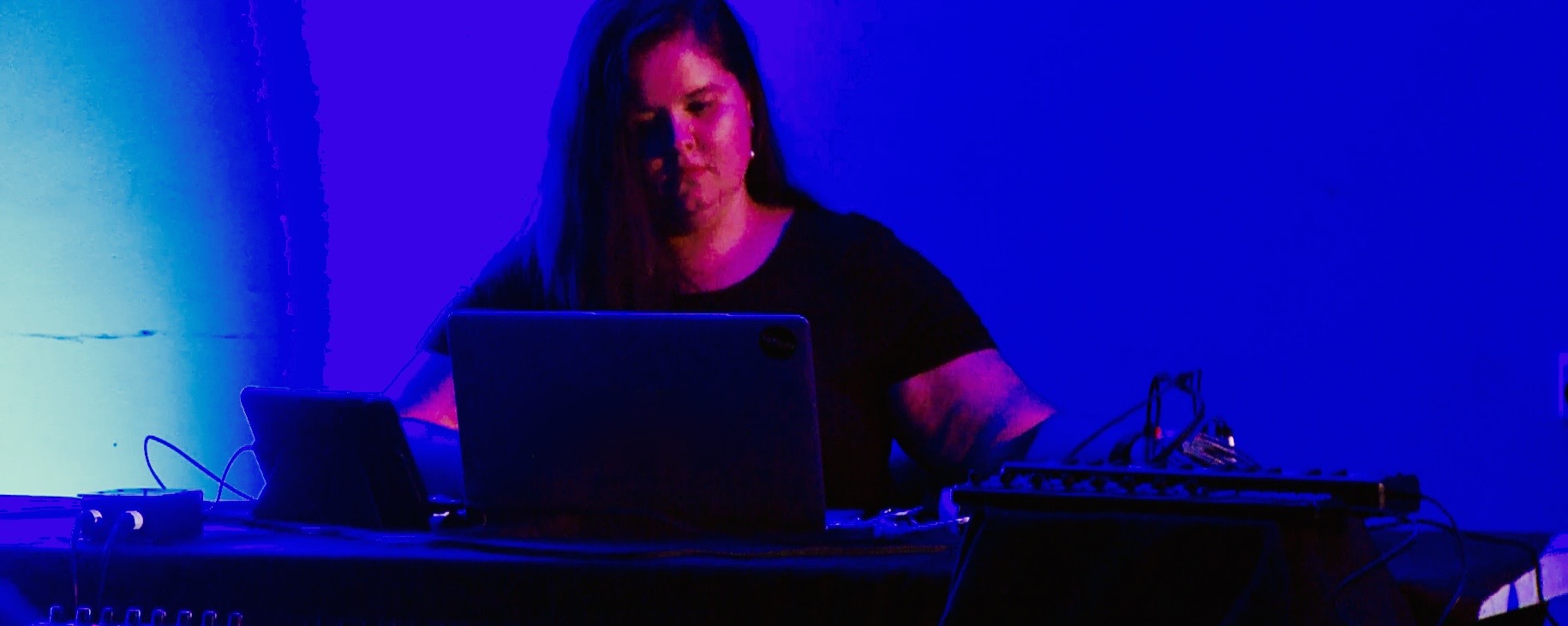
RIVER LISTENING LIVE
5:30pm-6:30pm, Festival Lab
River Listening is an interdisciplinary research project that explores the creative possibilities of aquatic bioacoustics and the potential for new approaches in the conservation of global river systems. The project inspires community engagement through interactive listening labs, sound maps, immersive performances and augmented reality sound installations that have travelled the world. River Listening combines digital technologies, science and creativity to connect communities and inspire environmental engagement. Join internationally renowned artists and scientists Dr. Leah Barclay, Dr. Simon Linke and Dr. Toby Gifford to learn about the project and hear an exclusive live performance for World Science Festival.
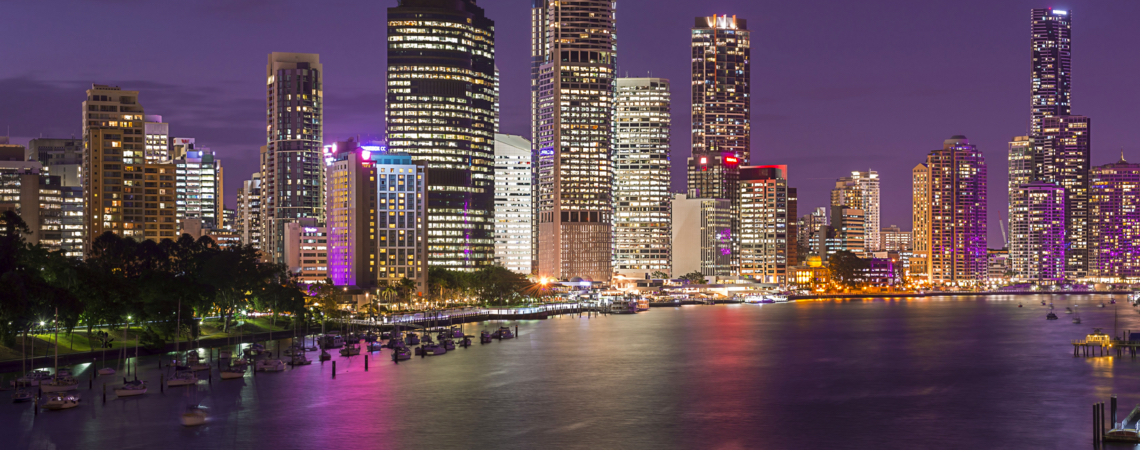
RIVER LISTENING – Night tour
18:45 – 19:45, Festival Lab
Meeting point details: The River Listening Walking Tour departs the River Listening tent (located next to the Festival Lab venue) at 6:45pm on Saturday 12 March.
River Listening is an interdisciplinary project exploring the art and science of listening to rivers across the world. Join the River Listening team on a 60-minute guided sound walk along the Brisbane River to learn about the project and explore aquatic soundscapes geo-located throughout the Southbank Parklands. To experience the River Listening installation you will need a mobile device and headphones to use the free app Recho. Participants will also have the opportunity to listen to a live hydrophone in the Brisbane river. Please download the free app Recho before the walk.

Dr. Simon Linke is a Senior Research Fellow at the Australian Rivers Institute, Griffith University. Dr. Leah Barclay and Dr. Toby Gifford are Research Fellows at the Queensland Conservatorium, Griffith Univeristy. We acknowledge the support of Griffith University in this project.








